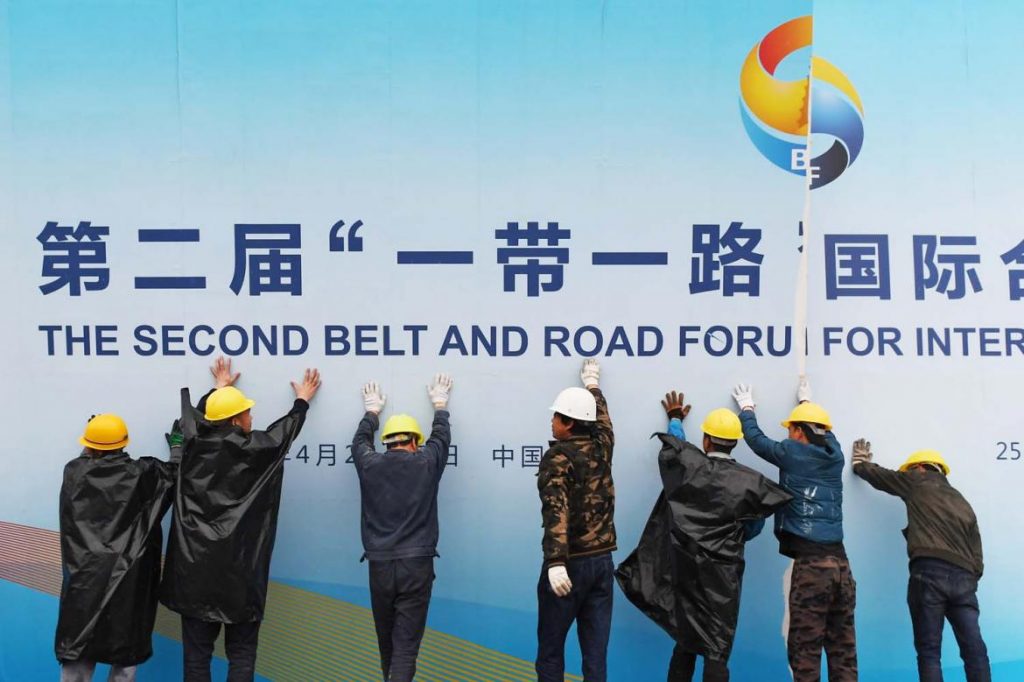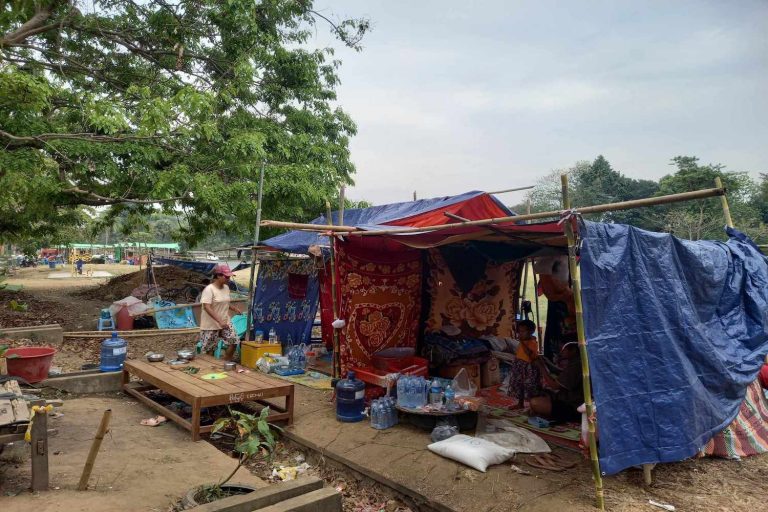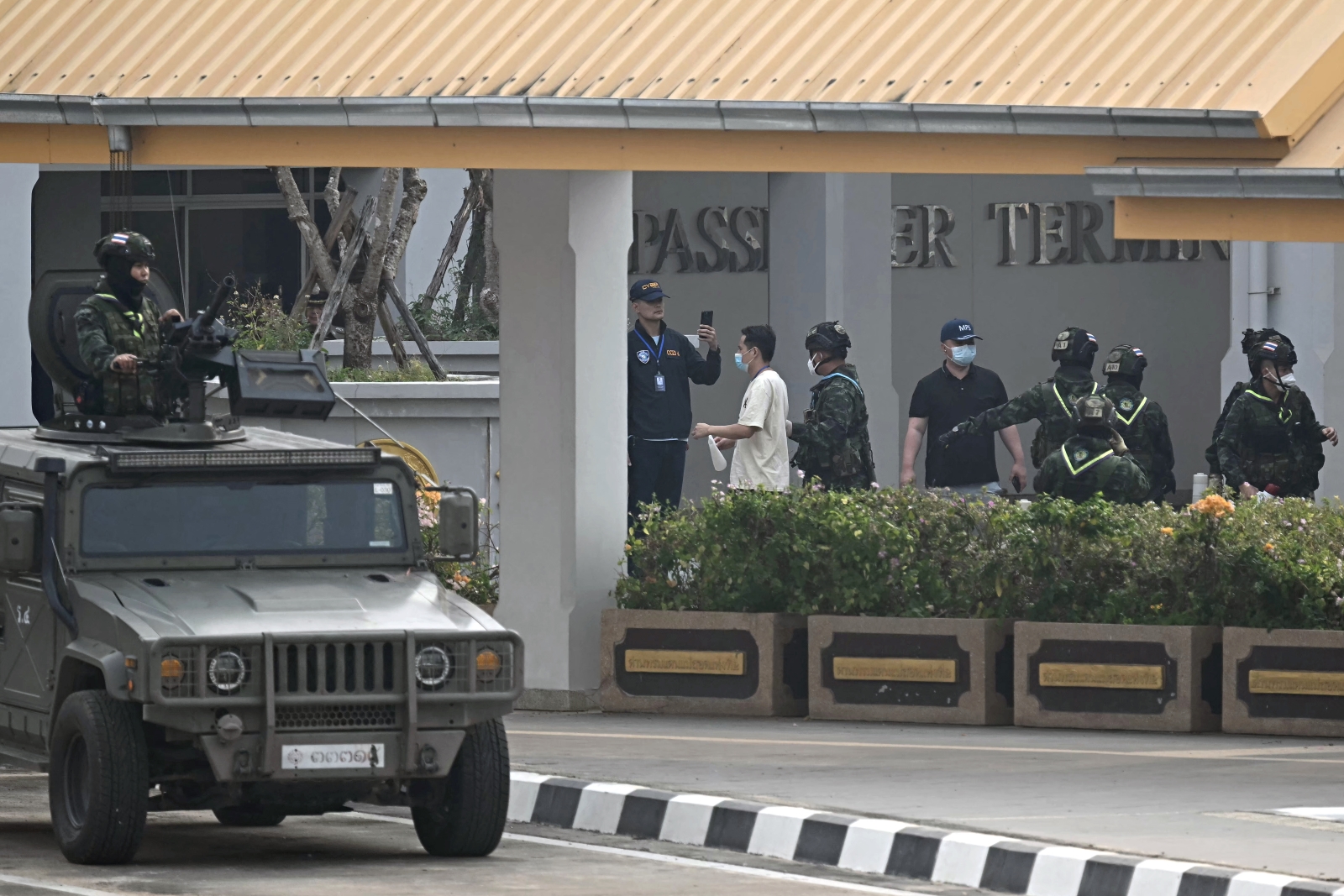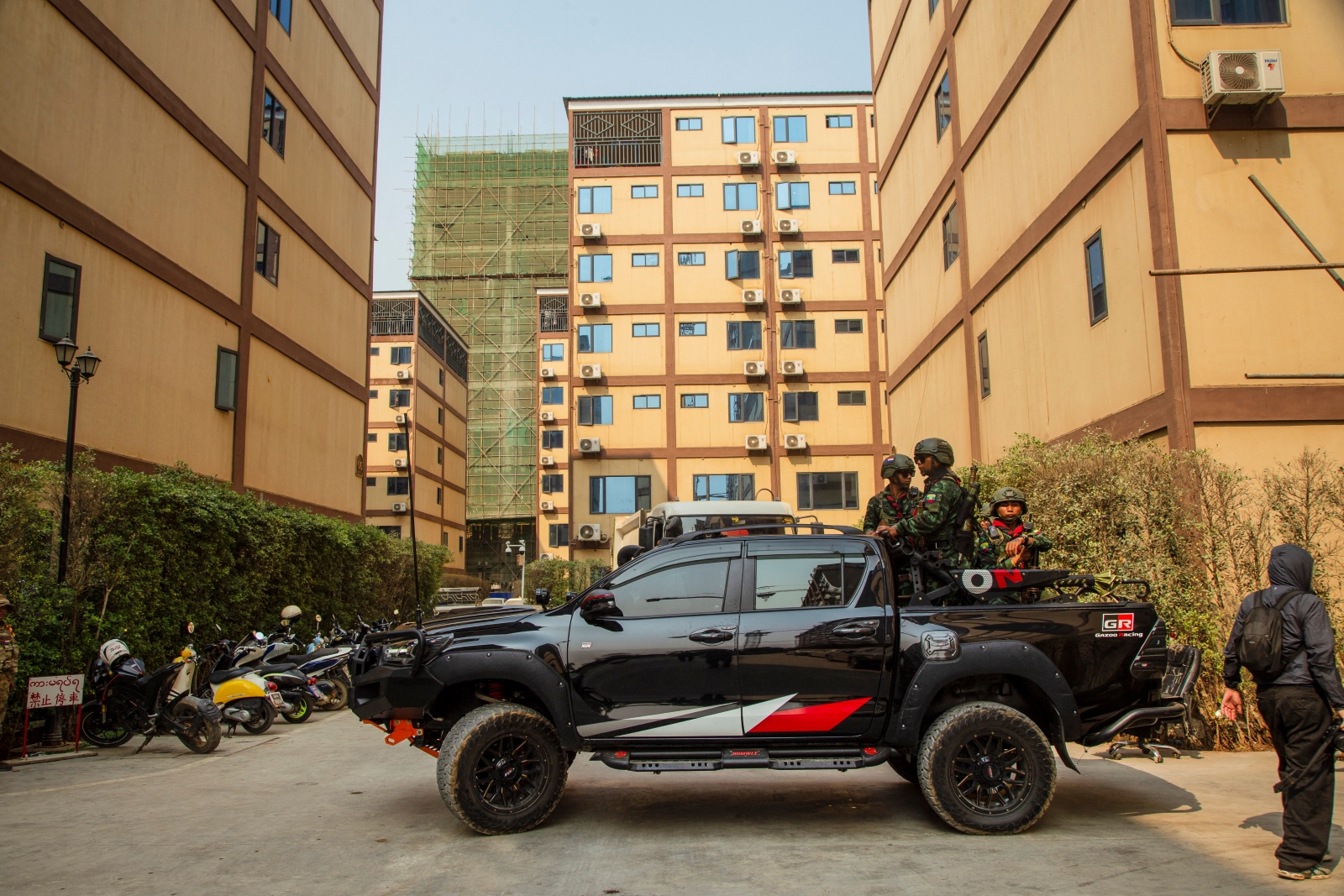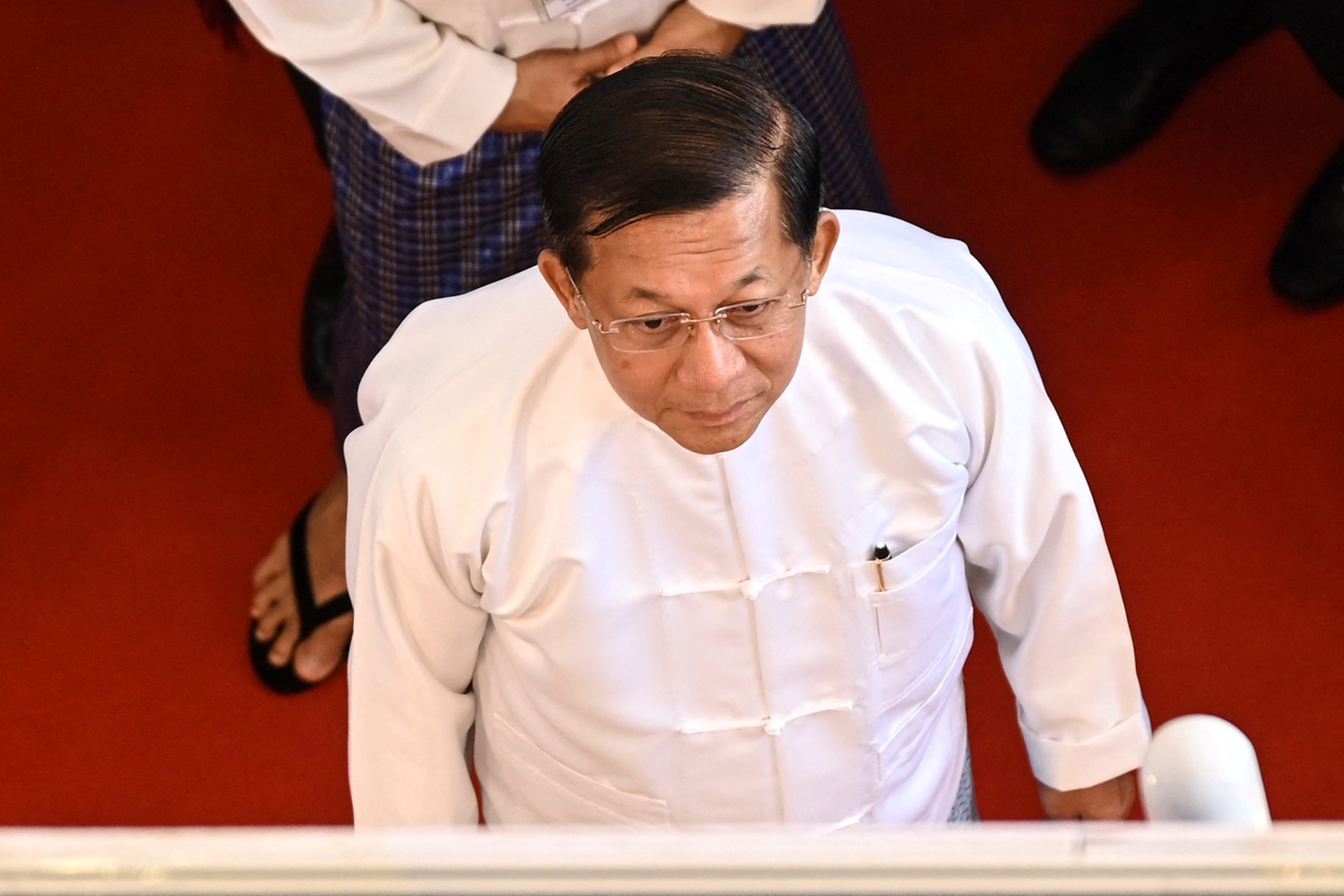The bigger story from the Belt and Road Forum appears to have been what Myanmar didn’t sign, rather than what it did.
By THOMAS KEAN | FRONTIER
PRECIOUS little information has emerged about the agreements that Myanmar signed late last month at the Belt and Road Forum in Beijing.
Myanmar signed a handful of agreements at the forum, including two memorandums of understanding, an economic and technical cooperation agreement, and an “early harvest” project list. Neither government has released detailed information on the contents of these agreements, including whether they are binding in any way.
The bigger story from the Belt and Road Forum, which fell April 25-27, appears to have been what Myanmar didn’t sign.
Sources within and close to the government, as well as in the diplomatic and business communities, have told Frontier that China had been pressuring Myanmar before the forum to sign a number of project-specific agreements, including for some “controversial” projects.
Support more independent journalism like this. Sign up to be a Frontier member.
The Myanmar government refused to sign the agreements at the Belt and Road Forum, citing the need to conduct further assessments on the proposed projects, and instead committed only to more general MOUs.
The sources were unable to confirm the number, indicating it could have been four to six additional agreements.
China responded to this rejection by “dipping into its pocket”, as one government source put it, and instead proposing the economic and technical cooperation agreement with the grant.
Before the forum “all sorts of hand grenades were being thrown around, on Myitsone for example”, said Mr Sean Turnell, an economic adviser to State Counsellor Daw Aung San Suu Kyi. “Maybe it is just part of the usual thing you do before a big meeting – get all the ambit claims out there. But in the meetings themselves [in Beijing], the atmospherics were good.”
Turnell described it as a “fantastic” outcome for Myanmar. “The Chinese essentially agreed with the position here – that a lot of these projects are good but it’s up to the governments to negotiate them project by project,” he said.
A new approach
Initial negotiations with China over BRI were criticised for a lack of transparency and leadership.
A 15-point memorandum of understanding establishing the China-Myanmar Economic Corridor – a 1700-kilometre belt stretching from Yunnan Province to both Kyaukphyu in Rakhine State and Yangon via Mandalay – was drafted behind closed doors. The Union of Myanmar Federation of Chambers of Commerce and Industry, meanwhile, drew up a list of potential CMEC projects largely in secret.
More recently, though, some on the Myanmar side have sought to put in place formal structures to guide negotiations with China. Analysts say this reflects a growing caution within the Myanmar government towards CMEC.
Minister for Planning and Finance U Soe Win, who took over from U Kyaw Win in May 2018, has emerged as an important figure, together with deputy minister U Set Aung.
Set Aung, who did not respond to requests for comment, was also a key player in the government reaching a revised deal with Chinese developer CITIC over the development of the Kyaukphyu deepsea port.
Both Soe Win and Set Aung are members of the powerful National Economic Coordination Committee led by the state counsellor.
Aung San Suu Kyi also leads the larger Steering Committee for Implementation of BRI, which was formed in December 2018. At its first meeting in February, she “put emphasis on the need to thoroughly scrutinize the projects under BRI … to make sure that the selected projects are in conformity with national plans, policies and domestic procedures”, state media reported.
Also in December, the President’s Office issued a notification to establish the Project Bank and put the Ministry of Planning and Finance in charge of a planned PPP Centre.
The notification puts supervision of all public-private partnerships, or PPPs, above K2 billion (US$1.3 million) under the ministry, which will also be responsible for assessing the viability of these projects. In many cases, a tender or Swiss Challenge will be required to qualify for government support.
Set Aung told Frontier in an earlier interview that all projects under CMEC would be included in the project bank. The government would “use the same rigorous and stringent assessment process to identify the real strategic projects that can be considered a priority before going ahead with implementation”, he said.
However, the Project Bank has not yet been formally launched and Turnell said that if the Myanmar government had signed off on any Chinese projects at this stage, it would have undermined the integrity of the initiative.
“Others could have turned around and said, ‘Is this thing operating or not? Does it only apply for some projects and not others?’
“In the long run, the Project Bank is better for China as well because it means the projects are viable and less likely to spark any resistance.”
Counting the ‘early harvest’
The economic and technical cooperation agreement came with a 1 billion yuan (US$144.5 million) grant, which received significant attention in Myanmar’s state and private media. In a press release, Myanmar’s Ministry of Foreign Affairs said this would be for “livelihood improvement, feasibility study for major projects and humanitarian assistance for the IDPs in northern part of Myanmar”.
China, though, did not include the agreement on a “list of deliverables” that it published after the forum.
Instead, it stated that China’s National Development and Reform Commission had signed a document on an “early harvest projects list” with the Ministry of Planning and Finance of Myanmar – something that Myanmar’s Ministry of Foreign Affairs had left out of its own press release that played up the grant.
In the parlance of the Belt and Road Initiative, “early harvest” means “putting basic infrastructure in place and implies payoff happens later”, Mr Tom Miller, a senior analyst at Gavekal Research, explained in a recent interview. “Once you build the power grids, roads and industrial zones, then investment can come in and hopefully the projects become a commercial success.”
It’s still unclear what the project list for the CMEC includes. China has previously proposed 30 to 40 early harvest projects, including a mix of government-to-government and private sector undertakings.
Myanmar has reportedly agreed to nine of the projects, but it is similarly unclear which these are.
In recent weeks, a number of electricity projects have been linked to CMEC. Speaking at a press conference in Nay Pyi Taw on May 9, Ministry of Electricity and Energy permanent secretary U Tin Maung Oo reportedly said the government planned to import electricity from China, adding that the project was “related to the BRI”.
On the sidelines of the Belt and Road Forum on April 28, representatives of Sinohydro and Supreme Trading signed a “Letter of Acknowledgement for Conclusion of Negotiation in Power Purchase Agreement for Kyaukphyu Power Plant Project” in the presence of Minister for Electricity and Energy U Win Khaing. Myanmar state media said the 135-megawatt gas-fired plant “is considered an important project for the Myanmar-China economic corridor”.
Also present at the letter signing was outgoing Chinese ambassador to Myanmar Mr Hong Liang. Earlier this month he paid farewell calls on senior Myanmar government and military officials in Nay Pyi Taw.
In one of these meetings on May 9, Minister for Planning and Finance Soe Win said his ministry would work closely with China “to implement the important consensus reached by the leaders of the two countries, and promote more early harvests of the [CMEC] for the benefit of the two countries”, according to the Chinese embassy.


